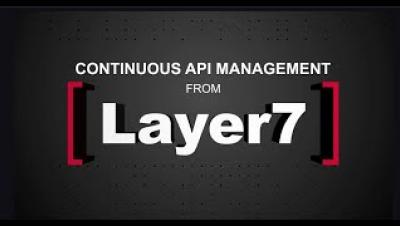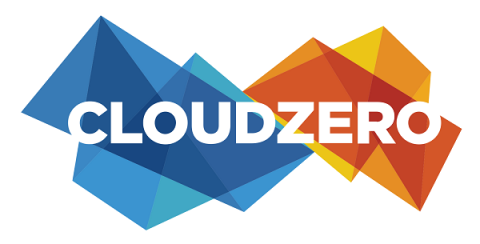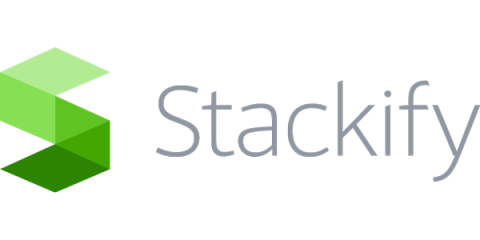Operations | Monitoring | ITSM | DevOps | Cloud
DevOps
The latest News and Information on DevOps, CI/CD, Automation and related technologies.
Layer7 Continuous API Management from Broadcom
BigPanda celebrates IT Operations teams around the world
Top Three Takeaways From Our Multi-Cloud Connectivity Webinar
3 + 9 Quick Video Meeting Tips We Use Every Day
Here at Sleuth, we live in Zoom, and have accumulated a list of tips to make video meetings better. I'm going to talk about three quick tips to go from a muddled dungeon dweller to a clear, engaging talking head, all without spending a dime. If you want even more, the above video shows you 9 more tips, including one advanced (but still completely free) tip to turn a video call into a real-time broadcast experience.
How to Monitor, Manage, and Secure Active Directory
Tracking Kubernetes Spend With CloudZero in 3 Easy Steps
If you are looking to account for your container costs and understand how your AWS Kubernetes or EKS cluster spend maps onto your workloads, this guide was made for you! In this post we will walk through the steps to get up and running with CloudZero and Amazon Container Insights fast. CloudZero has integrated with Amazon CloudWatch Container Insights for its strength as a secure and automated solution for sharing container metrics within AWS.
Why Kubernetes Will Disappear
Over the last few months, I’ve been listening and involved in conversations about Kubernetes (k8s) and trying to identify the common topics that creates debate on whether it’s a “good” or “bad” idea. There are sensible points of view on both sides of the debate.
Rethinking Ops
Looking back at my years working with infrastructure and going through it’s changes, I believe its time we start to rethink Operations because clearly this model of Ops as cluster or infrastructure admins does not scale. Developers will always out-demand their capacity to supply. Either your headcount is out of control or your ability to innovate and deliver is severely hamstrung. Operations becomes this interrupt-driven thing where we’re just fighting fires as they happen.
How Serverless is an emerging Software Architecture?
Software development has greatly evolved over the years. Serverless is an emerging software architecture that could resolve issues when it comes to developing software solutions. As software developers, you’re tasked with server setup, installing the software, operating systems requirements, server management and maintenance, designing an application with high fault tolerance and availability, as well as managing load balance and more.










